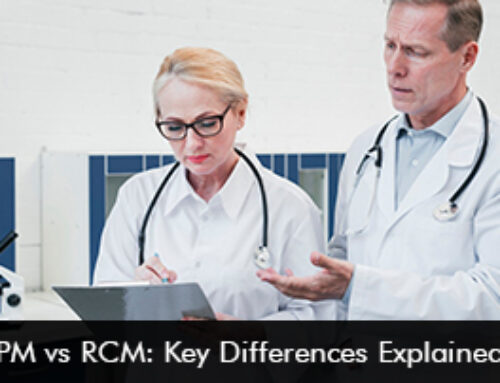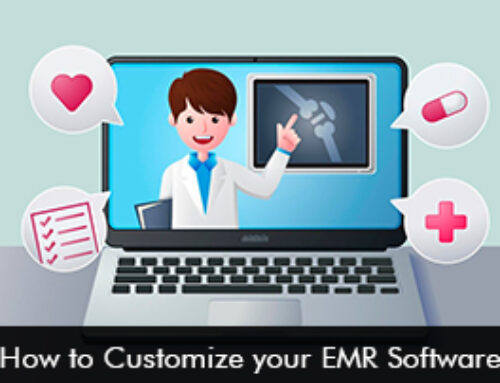With digital technology continuing to play a role in the delivery of healthcare, the privacy of patient records is more important. Electronic Medical Records (EMR) Software should include powerful security features to protect the system against cyber risks, which remain high in the USA’s healthcare domain.
Main EMR Systems Security Tools
Data Encryption Data
Encryption is critical in protecting patient data at rest and patient data in transit. Full communication encryption in electronic health records software makes it possible for only the intended recipient to have access to any sensitive information that is transmitted through the interface.
Multi-Factor Authentication (MFA)
MFA enhances security by requiring the client to produce two or more aspects of identity to gain access to the EMR system. This reduces the risks that might be occasioned by loss or hacking of passwords.
Audit Trails
Electronic Health Records (EHR) Software has sophisticated audit trails that help the provider track and monitor the user’s activities. It assists in monitoring any abnormal activity in the system, helps in the detection of any leakage, and guarantees compliance.
Continual Software Updates
The EMR software ought to be updated now and then to fix the loopholes and new threats on the market. It means that if systems are not updated in time then they will remain vulnerable to cybersecurity threats.
Data Backup and Recovery
Whenever a software system goes down or if the system is attacked by hackers, backup and recovery procedures are essential for maximum protection.
Common Cybersecurity Threats in the US Healthcare Sector
- Ransomware Attacks – These forms of attacks are the most dominant in the US healthcare sector. Cyber attackers will demand some amount of ransom to release the healthcare data. Ransomware attacks can impede the patient care process and can have serious financial repercussions.
- Phishing Attacks – Phishing is the development of fake emails or messages, which are designed to force users to give additional private data. It’s easier for these hackers to penetrate and compromise EMR systems resulting in data leakage.
- Data Breaches – A data breach occurs when unauthorized individuals get access to patient health information.
- Cloud Misconfigurations – Cloud misconfigurations are best described as errors made in the configuration or administration of cloud services that can lead to systems being open to intrusion or attacks. These misconfigurations exist when organizations mistakenly configure the security settings, permissions, or access controls within the EHR Software cloud environments incompetently.
Moving Ahead
To combat the ever-mounting cyber security threats healthcare organizations and providers should invest in a HIPAA—compliant EMR Software system. The EHR vendor should prioritize robust cybersecurity protocols by releasing regular software updates and system backups. Hospitals need to inculcate an environment where employees at every hierarchy are taught about the importance of cybersecurity and the safe use of EMR Software, the use of strong passwords, and logging out of the system properly.







